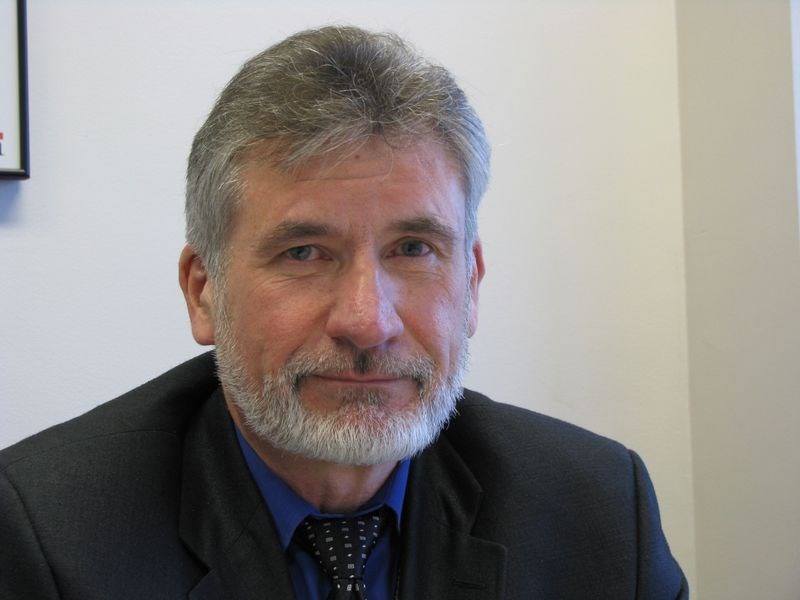Gang-related crime can go unpunished but the federal government's tax collector can go some way to making sure it doesn't pay.
Often acting on tips from informants but also on information passed on by police, Canada Revenue Agency can launch an audit of a person who, for reasons unknown but suspect, enjoys a sudden spike in wealth.
Proving that the gain was made through illegal activity can be a long and difficult process but CRA has one other weapon at its disposal. Through its special enforcement program, CRA will carry out an audit and if undeclared income is found, it will go after the suspect for taxes unpaid.
The program contains some subtle but important differences from a criminal investigation, said Ric Mlynarczyk, CRA assistant director of enforcement for northern B.C. and Yukon, that essentially boil down to the burden of proof for civil and criminal matters.
"The standards in a criminal case are much higher, you've got to improve beyond a reasonable doubt," he said. "Whereas in a civil case, we only have to prove beyond a balance of probabilities."
It makes the going much easier when dealing with people who, because they're involved in illegal activities, don't have proper books and records. CRA can rely on what Mlynarczyk calls "indirect verification of income" techniques to build a case that is too weak for criminal prosecution but would win in civil court.
Steps in building such a case include analyzing bank records, usually obtained through third parties, and projections based on an expert's opinion on how much a marijuana crop would yield. "And we find out how many (crops) they've harvested partly by when the hydro surged," Mlynarczyk said.
But in most cases, it's through a net worth audit, simply a change in the wealth status of a person from one point in time to another. A jump to hundreds of thousands from tens of thousands a few years ago without a corresponding hike in liabilities is a telltale sign.
"That money had to come from some place so we compare it to what's reported on their tax return," Mlynarczyk said.
From there, the information is passed onto the CRA's collections wing which notifies the subject of how much is owed. The subject is under no obligation to say where the income came from, only to pay the appropriate amount of tax owed or to take the matter to the federal tax court for an appeal.
"Income is income, whether it's from legal sources or illegal sources," Mlynarczyk said. "If they want to say its from a legal source, that's fine, but there's still a big increase in net worth and so there's something they should be paying tax on."
Because most of the cases don't end up in tax court, there is little publicity around them. But in 2008-09, CRA conducted 1,176 audits through the special enforcement program and uncovered $101 million in additional taxes owed as a result - or roughly $86,000 per audit.
The relationship between the CRA and the police is a one-way street, Mlynarczyk stressed, in that the CRA cannot give police the heads up on suspected illegal activity.
"That's maybe a little frustrating for them but they'll gladly give us the information because it can help control the crime a little bit if we can take the money from the illegal activity," Mlynarczyk said.



